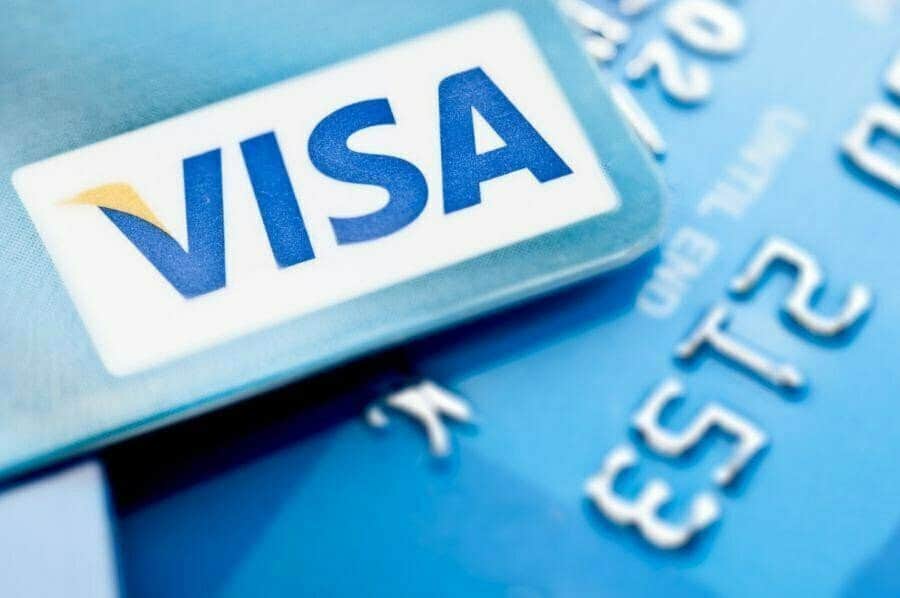
Visa, the global payments giant, has unveiled its expansion into the world of stablecoin payments, featuring integration with the Solana blockchain, and has initiated collaborations with prominent merchant banks, Worldpay and Nuvei.
Cuy Sheffield, Head of Crypto, Visa, said,
“By leveraging stablecoins like USDC and global blockchain networks like Solana and Ethereum, we’re helping to improve the speed of cross-border settlement and providing a modern option for our clients to easily send or receive funds from Visa’s treasury.”
In a recent X thread, Cuy Sheffield, addressed some of the challenges associated with traditional Visa card transactions.
While consumers often experience near-instant payment authorizations when using Visa cards at a vast network of merchants worldwide, the intricacies of fund movement behind the scenes remain hidden.
Sheffield explained that Visa’s treasury and settlement systems facilitate these transactions. These systems ensure efficient clearing, settlement, and transfer of funds between the consumer’s bank (the issuer) and the merchant’s bank (the acquirer).
This intricate operation is conducted seamlessly across a vast network comprising nearly 15,000 financial institutions and involving over 25 global currencies.
In this recent move towards stablecoin settlements, Visa has gained the capability to transfer USDC-denominated payouts to Worldpay and Nuvei through its Circle Account.
These merchant banks can subsequently channel these payments in USDC to their end merchants.
As part of Visa’s ongoing efforts with the introduction of these new settlement options, Visa can now transmit funds on-chain to acquirers like Worldpay and Nuvei, contributing to expedited settlement times for their associated merchants
Visa Advances Treasury Operations Through Solana Blockchain Innovation
Visa has actively explored ways to enhance its treasury operations, including testing blockchain technology in 2021 to receive funds from multiple issuer partners.
“Visa is committed to being on the forefront of digital currency and blockchain innovation and leveraging these new technologies to help improve the way we move money.”
Notably, Visa conducted a successful pilot project with Crypto.com, making it one of the first major payment networks to test stablecoin settlement on the issuance side.
Sheffield said in the X thread,
“This enables a modern and convenient option for crypto native issuers to more easily manage their card programs, helping reduce the time and complexity of managing multiple bank accounts and international wire transfers.”
Before this pilot, cross-border settlement for Crypto.com Visa card purchases involved time-consuming and costly currency conversions, often taking several days.
By introducing USDC and blockchain technology, Crypto.com could send USDC across borders via Ethereum to a designated Visa Treasury account managed by Circle. This streamlined process significantly reduced the time and complexity of international wire transfers.
Visa’s partnership with Crypto.com showcased its commitment to exploring blockchain-based treasury solutions and highlighted the potential of stablecoins and blockchain to enhance efficiency in global payments.
Now, Visa is expanding its capability to facilitate efficient stablecoin transactions by supporting Solana, a high-performance blockchain. This positions Visa as one of the pioneers among major payment companies using Solana for rapid settlement payments.
Solana boasts impressive performance metrics, including 400 millisecond block times, an average of 400 transactions per second (TPS), and the scalability to handle over 2,000 TPS during peak demand.
Visa has successfully conducted live pilots with issuers and acquirers, facilitating seamless USDC transfers across the Solana and Ethereum networks with the goal of playing a crucial role in settling fiat-denominated payments authorized via VisaNet.
“It’s still early days, but Visa has already settled millions of dollars of USDC over the Ethereum and Solana blockchains between our clients.”
